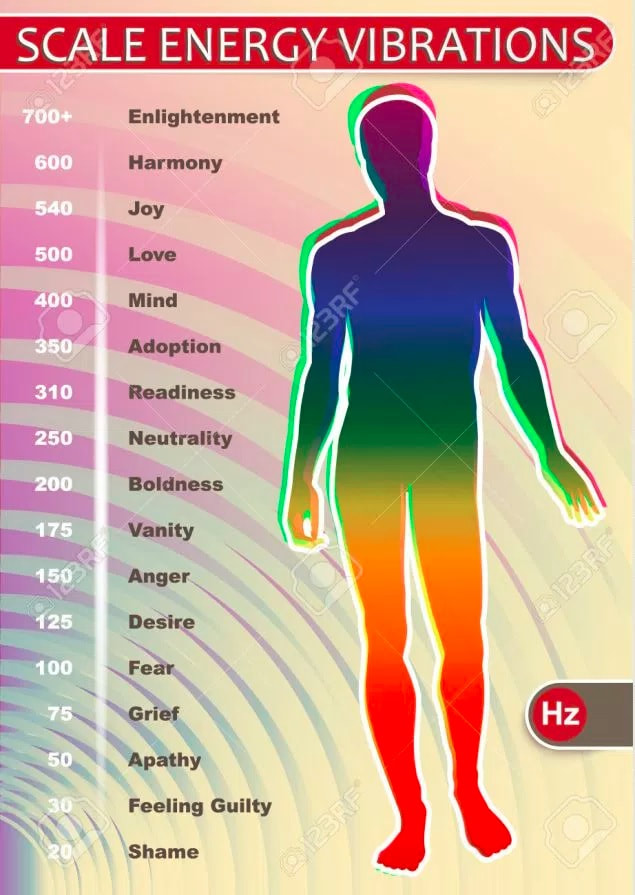

The finite length translating tensioned string model with mixed boundary conditions is considered in order to study the exchange of vibrational energy during reflection process in this paper. Thirdly, from the point of view of vibration suppression, the optimal damping at the right end of the string is defined and the optimal damping value is derived, which is of considerable practical interest in vibration suppression at boundaries for axially traveling materials. Following the pipeline hydrodynamics theory, the energy gradient for the 'control volume' and the 'system' of traveling string are accurately obtained, respectively. Secondly, different from the previous result, the modified Hamilton's principle is applied to the derivation of the dashpot boundary condition for the mass changing of the traveling string.

As a kind of analytical solution, the traveling wave method has more accuracy and efficiency compared to numerical methods. Firstly, a novel recursive and simplified technique is proposed to expand the analytical solution for a traveling string to any propagation cycle, which was limited to only one propagation cycle due to complexity in previous work. In this paper, an analytical wave solution for the vibration and energy of an axially traveling string with fixed and viscous damper (dashpot) boundaries in any propagation cycle is considered. Numerical results demonstrate the feasibility of the proposed analysis method.Īn axially traveling string system, which is a kind of traveling material, attracts considerable attention owing to its broad applications. The contact force is calculated using penalty method, and the frictional force is determined by the Coulomb friction law in integral form. By describing the flange of pulley groove using a parameterized revolving segment centered by the pulley axis, the contact between V-belt and the flange of pulley groove could be implemented efficiently without complex 3D geometric description of the pulley. The heat generation caused by frictional creep and the hysteresis loss due to the material viscosity, as well as the thermal deformation, are all included in the model. By means of the unified description of the temperature field and displacement field, the analysis for heat transfer and the continuum mechanics could be integrated in the V-belt drive system. A previously proposed absolute nodal coordinate formulation solid-beam element is adopted to create its thermal integrated counterpart since its deformation modes are appropriate for capturing the deformation of V-belt geometry. Due to the apparent heat generation and the observed multiple thermal effects in the long-term operation of belt drive system, the thermo-mechanical coupled analysis for the flexible multi-body system is necessitated.


 0 kommentar(er)
0 kommentar(er)
